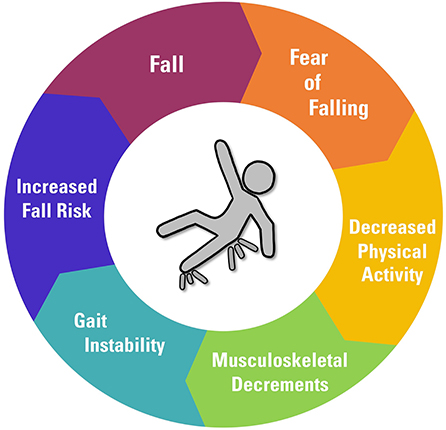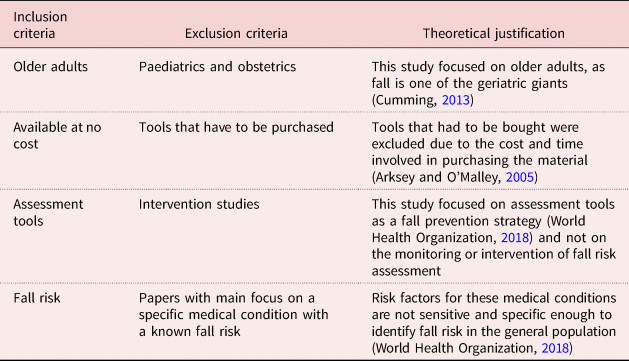Dementia Fall Risk Fundamentals Explained
Table of ContentsThe Definitive Guide for Dementia Fall RiskThe 2-Minute Rule for Dementia Fall RiskDementia Fall Risk - TruthsThe Greatest Guide To Dementia Fall Risk
A fall danger analysis checks to see how likely it is that you will certainly fall. The evaluation normally consists of: This includes a series of concerns concerning your overall health and wellness and if you have actually had previous falls or issues with balance, standing, and/or walking.Interventions are recommendations that might lower your danger of falling. STEADI consists of 3 actions: you for your danger of falling for your danger elements that can be boosted to attempt to avoid falls (for instance, equilibrium troubles, impaired vision) to decrease your risk of dropping by utilizing effective techniques (for example, giving education and learning and sources), you may be asked a number of inquiries including: Have you fallen in the previous year? Are you stressed concerning dropping?
If it takes you 12 secs or even more, it might imply you are at higher risk for a fall. This examination checks strength and balance.
Relocate one foot halfway ahead, so the instep is touching the large toe of your other foot. Move one foot fully in front of the other, so the toes are touching the heel of your various other foot.
Facts About Dementia Fall Risk Uncovered
A lot of drops take place as an outcome of several contributing aspects; as a result, taking care of the threat of falling starts with recognizing the factors that contribute to drop threat - Dementia Fall Risk. Several of one of the most pertinent danger elements include: History of prior fallsChronic medical conditionsAcute illnessImpaired stride and balance, lower extremity weaknessCognitive impairmentChanges in visionCertain risky medications and polypharmacyEnvironmental factors can additionally boost the risk for falls, consisting of: Inadequate lightingUneven or damaged flooringWet or slippery floorsMissing or damaged hand rails and get barsDamaged or poorly equipped equipment, such as beds, mobility devices, or walkersImproper usage of assistive devicesInadequate guidance of the individuals living in the NF, including those that display aggressive behaviorsA successful fall risk monitoring program calls for an extensive medical analysis, with input from all participants of the interdisciplinary team

The care strategy must likewise include treatments Click This Link that are system-based, such as those that promote a secure setting (suitable lights, hand rails, get bars, and so on). The efficiency of the treatments must be assessed occasionally, and the treatment plan changed as required to reflect modifications in the autumn danger evaluation. Executing an autumn risk monitoring system making use of evidence-based finest method can minimize the frequency of falls in the NF, while restricting the potential for fall-related injuries.
Everything about Dementia Fall Risk
The AGS/BGS guideline suggests screening all adults matured 65 years and older for autumn danger every year. This screening includes asking individuals whether they have actually fallen 2 or more times in the past year or looked for clinical focus for a loss, or, if they have actually not dropped, whether they really feel unstable when strolling.
People who have dropped as soon as without injury needs to have their balance and stride examined; those with stride or balance problems should receive added analysis. A background of 1 autumn without injury and without stride or balance troubles does not warrant further assessment beyond ongoing yearly autumn risk screening. Dementia Fall Risk. A fall risk evaluation is needed as part of the Welcome to Medicare evaluation

The 10-Minute Rule for Dementia Fall Risk
Documenting a drops history is one of the top quality indicators for loss avoidance and management. Psychoactive drugs in particular are independent predictors of falls.
Postural hypotension can commonly be alleviated by minimizing the dose of blood pressurelowering medications read this article and/or quiting medications that have orthostatic hypotension as a side impact. Use of above-the-knee assistance tube and copulating the head of the bed boosted may additionally minimize postural decreases in high blood pressure. The recommended elements of a fall-focused checkup are revealed in Box 1.

A yank time website here more than or equal to 12 secs recommends high fall threat. The 30-Second Chair Stand test evaluates reduced extremity stamina and balance. Being unable to stand from a chair of knee elevation without utilizing one's arms indicates enhanced loss danger. The 4-Stage Balance test examines static balance by having the person stand in 4 placements, each gradually more tough.